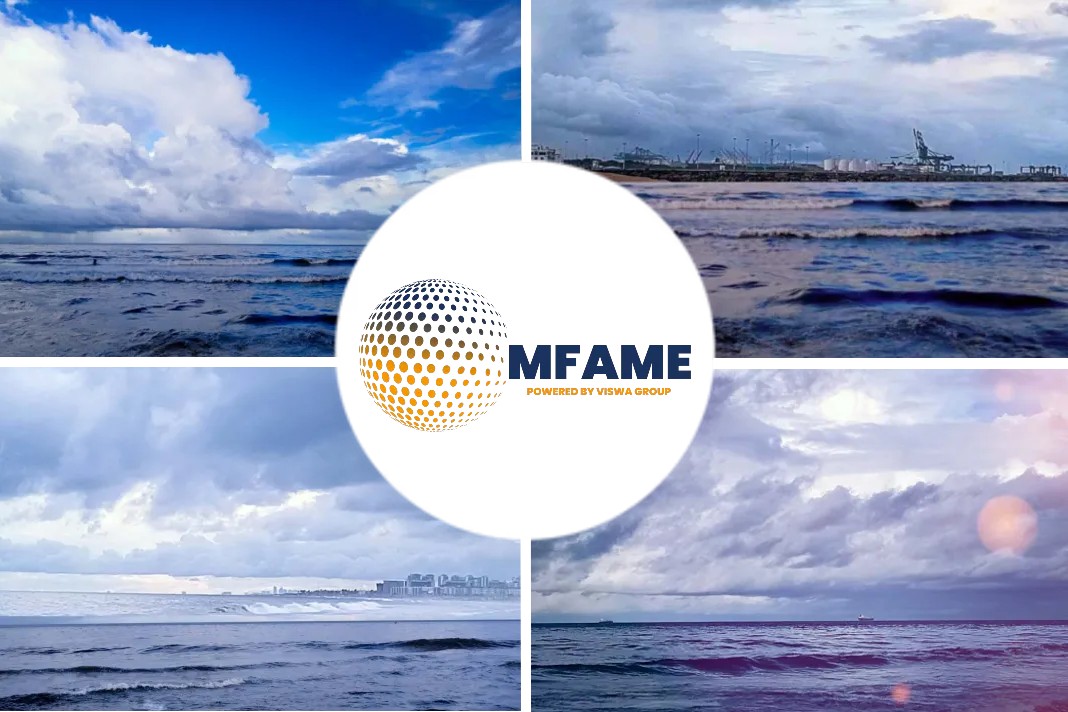According to a Platts report, Asian ship owners have started taking 0.5% sulfur low sulfur bunker fuel. This comes at a time when we are headed for IMO 2020 deadline in less than 2 years.
How are they gearing up?
“We have started buying 0.5% sulfur bunker fuel for testing in China and Singapore,” said a source at a North Asian shipping company.
“We took 0.5% low sulfur bunker fuel as a sample, and we are analyzing at our laboratory,” another shipping source in North Asia said.
And, “We have had a big step up in inquiries from ship owners, especially recently,” a Singapore-based source at an oil major said.
Why is it essential?
The IMO will implement a new sulfur cap in bunker fuel of 0.5% from January 2020, and it is a big concern for many whether the new fuel will work with existing engines.
Currently, bunker fuel typically has either maximum 180 CST or 380 CST viscosity. However, 0.5% sulfur bunker fuels are likely to have lower viscosity around 100-200 CST, because suppliers have to blend middle distillates, which are typically of lower viscosity, to cut sulfur content, industry sources said. “When the viscosity is too low, there is the possibility that ships’ facilities don’t function properly,” a source based in Singapore said.
“It is difficult to produce bunker fuel with viscosity as high as 180 CST stably due to component issues,” said source at a Japanese shipping company.
How to make the switch?
Currently, most, if not all, oil majors were heard marketing 0.5% sulfur marine fuel.
“BP have undertaken a comprehensive test campaign in key bunkering locations around the globe to identify suitable VLSFO blend components that can support our supply of compliant and stable fuels in 2020,” a BP spokesman told S&P Global Platts.
In China, Chimbusco is supplying 0.5% sulfur bunker fuel, industry sources said. China’s sales volume of 0.5% low sulfur bunker is around 10,000 mt a month, said trade sources. China started a new regulation to cap sulfur content of bunker fuel to 0.5% for the vessels which enter into Yangtze River Delta ECA in October.
10 PPM Gasoil, 180 CST Benchmarks
For the pricing of 0.5% sulfur bunker fuel, the Mean of Platts Singapore 10 ppm gasoil assessment and Mean of Platts Singapore 180 CST high sulfur fuel oil are the benchmarks, industry sources said.
Gasoil prices can be a benchmark as the blending ratio of fuel oil and gasoil is around 15% vs 85%, industry sources said.
For Singapore, majors are offering low sulfur fuel oil with maximum 0.5% at a premium of $50-$60/mt over MOPS 180 CST assessments, said a trader. A source at a shipping company said suppliers offer prices in Singapore are at a discount of around $60/mt to MOPS 10 ppm gasoil assessments.
“That’s the kind of offers that I have been made aware of,” said another source responsible for bunker procurement at a shipping company about the pricing related to MOPS gasoil assessment. “I can say the offer was from an oil major, but our feedback if we were to take the product now would have to be at a discount of $130-$140/mt [to MOPS gasoil 10ppm assessments],” he added.
In China, Chimbusco was heard offering 0.5% marine fuel at a premium of $100/mt to MOPS 180 CST HSFO assessments or a premium of $120-140/mt to MOPS 380 CST HSFO assessments.
Platts assessed 180 CST high sulfur fuel oil at $482.47/mt Monday, while gasoil was assessed at $89.90/barrel ($669.76/mt).
Did you subscribe for our daily newsletter?
It’s Free! Click here to Subscribe!
Source: S&P Global

















